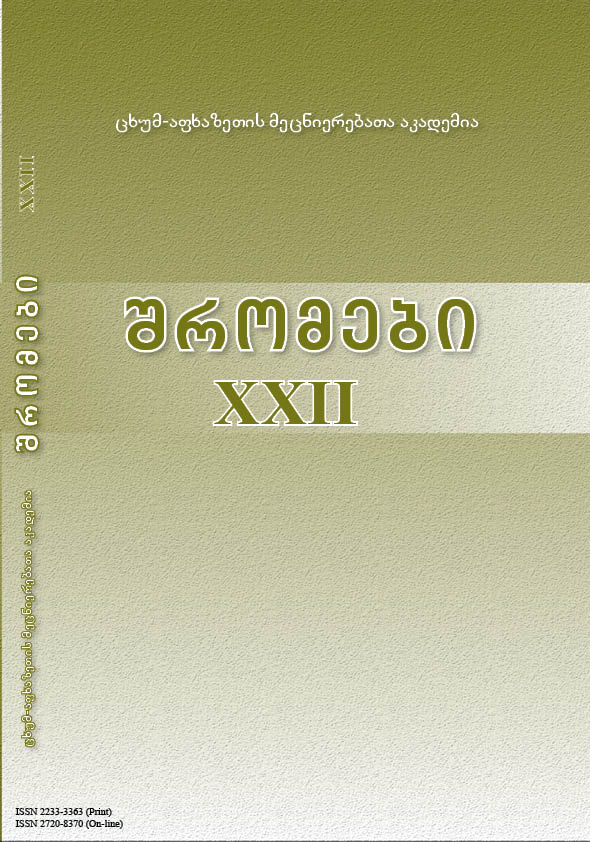About One Mathematical and Computer Model for Resolving Political Conflicts with the Participation of International Investment Institutions
Main Article Content
Abstract
The article proposes intricate nonlinear mathematical models that address the realms of economic cooperation amid two politically adversarial sides, aiming to foster unity among the populace and achieve a harmonious conflict resolution. This model considers both economic and alternative types of collaboration among different groups and each part of the population. This collaborative effort is engineered to bridge the gap between the sides and facilitate peaceful conflict resolution.
Within the mathematical framework, the model inherently encompasses the governing bodies of both sides, as well as the involvement of a third external entity such as international institutions (investment funds), carry out economic interest (one of the methods of political pressure), that actively supports and promotes the process of economic cooperation. The core objective revolves around the formulation of mathematical problems, wherever the notion of conflict resolution is predicated upon certain conditions.
The conflict is considered to be resolved if the number of people willing to cooperate economically exceeds the threshold. Specifically, this threshold is met when over half of the respective side's population exhibits a desire for economic collaboration, constituting a "weak condition" of conflict resolution. Alternatively, conflict can be considered to be resolved under a "strong condition" when a significant majority of the population, often more qualified or influential individuals, express a commitment to engage in economic cooperation.
The article considers computer modeling of conflict resolution processes through economic cooperation between two politically opposed sides, MATLAB software environment, in case of variable coefficients.
In mathematical models, the variables of population and management are taken by exponential, power, and trigonometric functions, the calculations also show the number of people on both sides who want to cooperate from the very beginning and until the period of conflict resolution, according to the data, there were found the cases of coefficients where the conflict is resolved.
Several options for different demographic factors and conflict resolution periods are considered. It shows how the change of conflict resolution time and population at the time of conflict resolution. Accordingly, as the coefficients change, the relationships between coefficients change as well.
A graphical visualization of the obtained results is given below.
